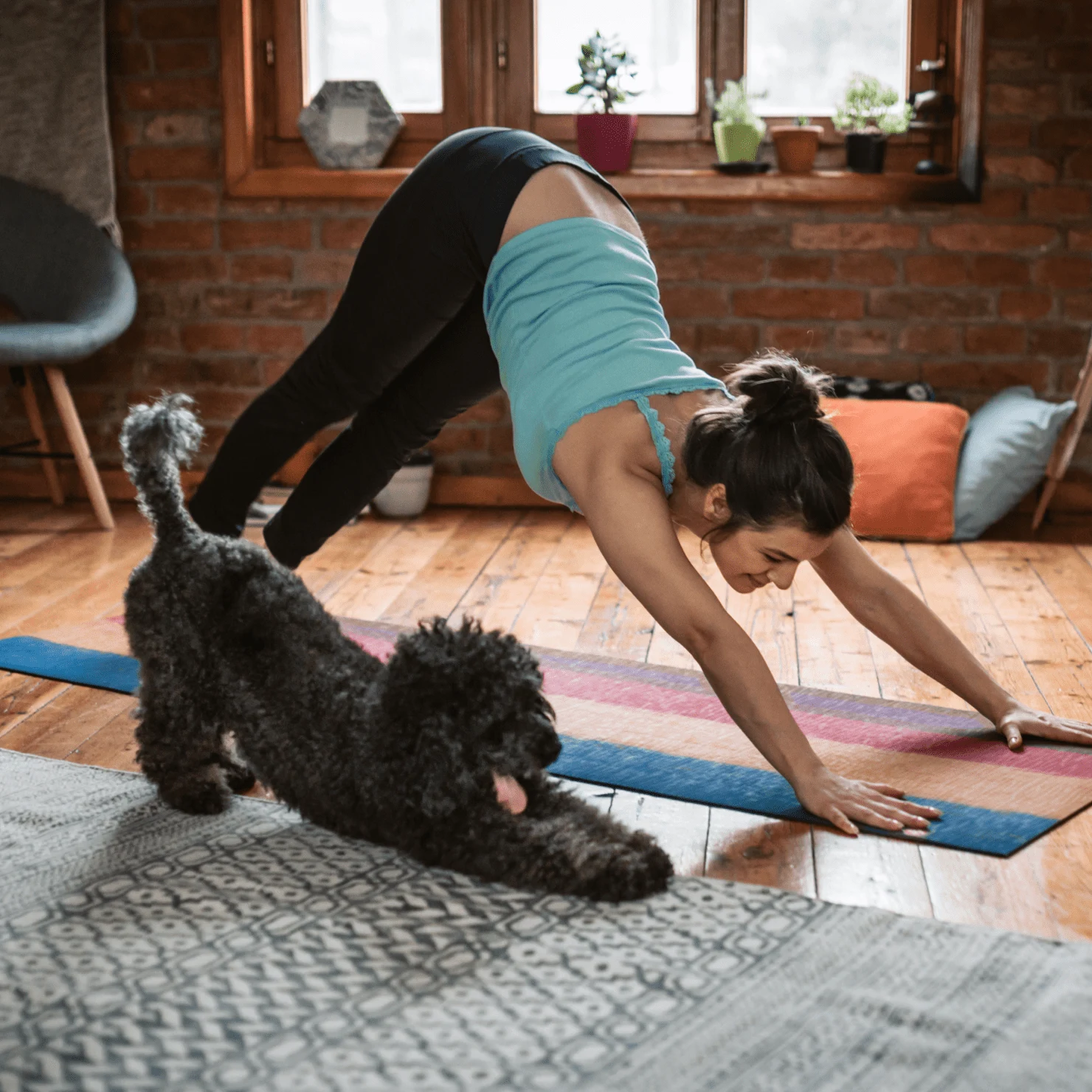The Point: People want brands to show their human side at every touchpoint in times of uncertainty, and beyond.
UK Pinners describe Pinterest as an online oasis1
Ever wondered how empathetic your brand is? Ask yourself this: During last year’s protests, politics and pandemics, how—and where—did you show up?
Our research indicates that positive online environments make people more likely to remember, trust and purchase from the brands that appear there.2 In other words: it pays to be positive.
Even pre-COVID, people responded better when brands put themselves in their shoes: 54% were more likely to engage with a brand while 57% were more likely to buy from one.3
That sentiment has only grown stronger—and people are holding brands accountable. Over 2 in 3 UK consumers agree: “Brands and companies that I see placing their profits before people during this crisis will lose my trust forever.”4 Not to mention, 3 in 4 people believe brands should actively benefit society through their actions.5
While many hoped that 2021 would be an instant reprieve from chaos, the new normal isn’t going away. What we do know: people are coming to Pinterest in search of inspiration more than ever. And your brand can benefit in the long term by being empathetic today—in how you communicate and in how you help people to cope.
“
Brands and companies that I see placing their profits before people during this crisis will lose my trust forever.”

Put Pinners first
Advertising during a crisis can be challenging, especially if you have to pivot your entire marketing strategy. Not only do you need to craft a message that is both sensitive to the situation at large while taking your customers’ personal situations into account, but you also need to be open, honest and human.
Take Spotify, for example. When stay-at-home orders first came into effect around the world, the streaming service witnessed an increase in users creating and following more workout playlists. This shift in listener behaviour prompted Spotify to help people stay active at home.
Fitness-themed static and video Pins led Pinners in the UK and Ireland to an interactive microsite where they could define their workouts and preferences by place, ability, celebrity trainer and music genre. Spotify then took them through a free personalised HIIT workout, suggesting when to plank, crunch and squat, and for how long, accompanied by a custom playlist.
It was simple. It was motivating. It was human. And it was free—Pinners didn’t need to be Spotify subscribers to see and hear the workouts. It also gave the streaming service a chance to tie exercise into its platform in a way that was authentic, empathetic and genuinely helpful.
Get representation right
Beyond the basics of “we’re all in this together” messaging, brands must commit to inclusivity and diversity more consistently in their visual storytelling. While the advertising industry is continually working to improve visual representation, the majority of women still don't see themselves in traditional media.6 That’s a problem.
Additionally, nearly 80% of people worldwide have said that companies need to capture true lifestyles and cultures in their campaigns.7 That means steering clear of visual stereotypes based on gender, race, ethnicity and age. Put another way, diversity is more than skin deep and it’s time for advertising to reflect that.
At Pinterest, our industry-leading position on content safety is just one reason why nearly 5 in 10 weekly Pinners in the UK describe our platform as an online oasis.1 This provides brands an opportunity to boost business results and forge greater connections with their audience by putting a positive spin on their ad creative.
Brands must commit to inclusivity and diversity more consistently in their visual storytelling

Strike the right balance
Whether you’re an auto brand or an entertainment app, try to keep empathy top of mind as you plan for 2021 and beyond. Here are three simple ways to show your human side:
1.
As most governments are advising people to stay at home and at least six feet away from others, avoid using photos of group gatherings in your campaigns. Socially-distanced queues, working from home and virtual events are more accurate reflections of our new daily lives.
2.
Consider different situations and opt for language that’s inclusive, not alienating. Don’t mention “parties” and “big celebrations” but don’t be afraid to play into the moment too, referencing “family movie nights” and “art education projects.”
3.
Think beyond skin colour when it comes to diversity and inclusion. Choose images of diverse locations, jobs and socio-economic levels, and consider people of all types of abilities, backgrounds and demographics.
